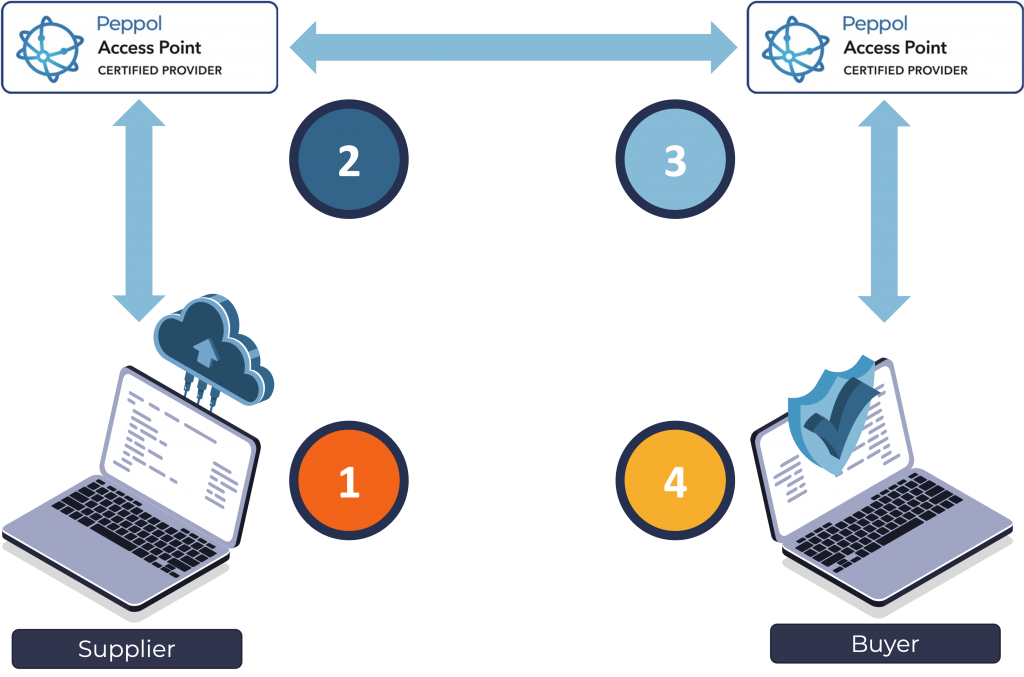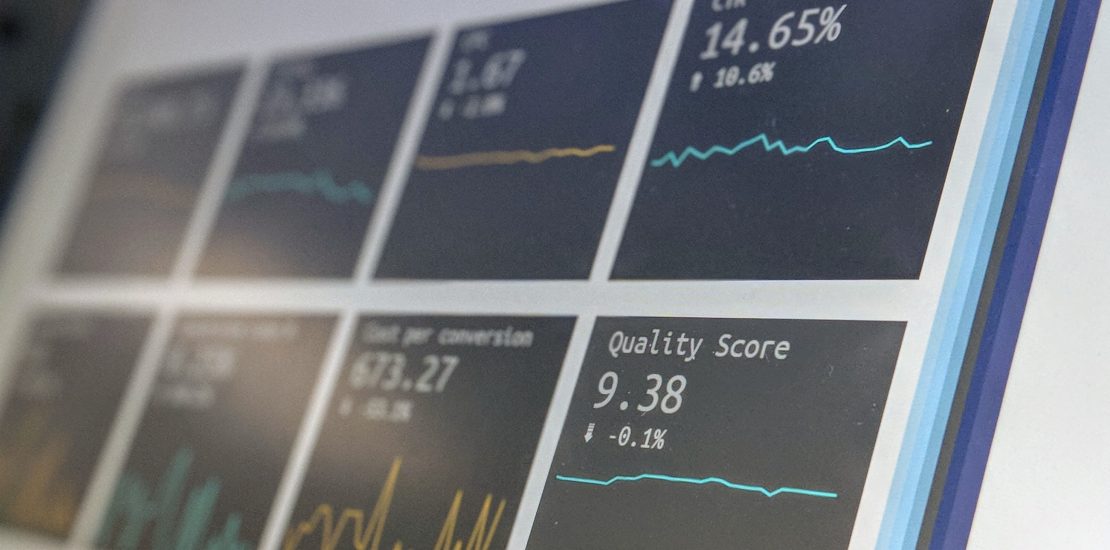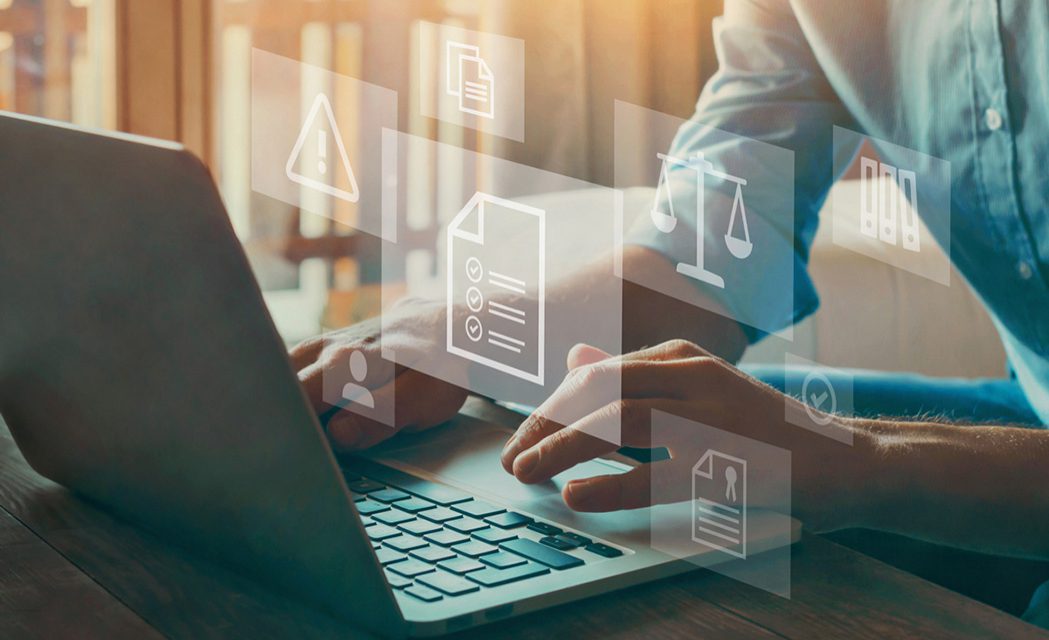Thought Leadership
How Does eInvoicing Work?
August 25, 2021


E-invoices are not a new concept, they have been around for a while in a number of different formats, standards and names. Typically, they have been focussed on connecting a buyer with a supplier and have historically been quite expensive and time consuming to setup – this meant that it was largely only looked at by large businesses who had a big volume of orders or invoices. The lack of a consistent and single format and framework for e-invoicing has kept it from being mainstream.
The turning point for e-invoicing has been the adoption of a globally recognised standard for sending e-invoices and e-orders known Peppol (Pan-European Public Procurement OnLine). This standard enables anyone who is part of the network to easily and safely, send e-invoices and e-orders to each other. The standard also enables a simple and accessible way for businesses to be onboarded onto the network. There are already 200,000+ businesses across 34+ countries on the Peppol network. Australia, New Zealand and Singapore have all adopted this standard as the basis for their e-invoice mandates.
The diagram below outlines broadly how Peppol e-invoices are sent and received:

Step 1
The supplier generates an invoice from their accounts receivable system for the buyer and it is sent electronically to their Certified Peppol Access Point, this is typically done via an integration between the supplier’s system and the access point provider. Note – Peppol Access Points act as gatekeepers in the network to ensure that each invoice is in the right format, ensuring that it is a valid invoice, the sender is who they say they are and that it gets to the right receiver.
Step 2
The sender’s Peppol Access point validates a number of things to make sure that the invoice can be sent via the Peppol network as well as that the supplier is legitimate and that the receiver can receive the invoice. The sender’s access point finds the buyer’s access point and sends it electronically to them.
Step 3
The buyers access point receives the validated invoice and processes it directly to the buyer’s accounts payable system. This is typically done via an integration between the buyer’s system and the access point provider.
Step 4
The supplier’s invoice is automatically entered into the buyers system – no need for any manual data entry or validation. The whole process takes a matter of minutes, is highly secure and very easy to use.
How can we get started with Peppol e-invoicing?
Enabling Peppol e-invoicing for your organisation should be simple, value driven and cost effective. We offer a range of different solutions to get your business ready for Peppol e-invoicing. If you’re considering Peppol e-invoicing, why not speak with our experts today?




